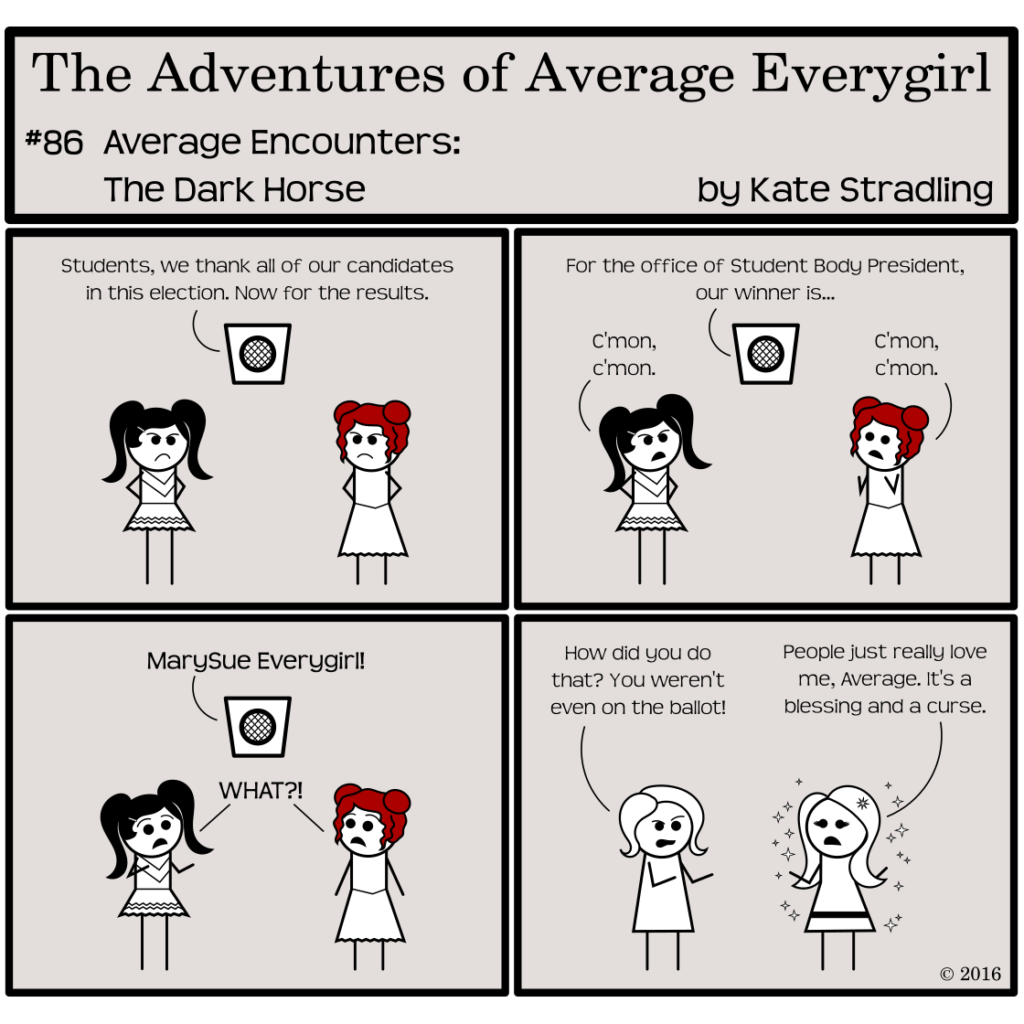
Long ago in my disaffected youth, I found great solace in the music of The Wallflowers. Fronted by singer-songwriter Jakob Dylan, this alt-rock band rose to fame when their album Bringing Down the Horse (1996) went mainstream.
That album is now 20 years old, and I suddenly feel ancient.
But I digress.
Hidden in their discography—on Red Letter Days (2002), to be specific—is a gem of a song called “Three Ways.” My brother introduced me to it (because he bought the CD before I could), and we both had a good laugh at the plot twist in the lyrics.
A plot twist that has stuck with me through the years.
I’m not going to wade into the weeds on what Dylan might have meant when he penned this song. I’m sure there are multiple interpretations. Mine is very straightforward: every problem has at least three possible solutions. Two of them are fairly obvious.
Creative Options
As a writer, this three-possibilities pattern plays an invaluable role in my creative process. Whenever a narrative problem perplexes me, I stop and ask myself, “Okay, what’s the third option here?”
The song’s first-verse example of being stuck in a box provides a template with three solutions for escape:
- “Fall out the bottom,” i.e., be acted upon. If a character bides their time, something will change without them having to do anything; the problem will resolve itself.
- “Crawl out the top,” i.e., act. A character exerts strength and determination to extricate him- or herself; they are the problem-solver.
- “Burn it to the ground,” i.e., act, but in a way that shifts the paradigm. In this third option, the character destroys the construct of the problem itself and moves into a different frame of understanding.
It’s easy to assume that our only options are “this one or that one.” When you stand at a fork in the road, you have to choose one path or the other if you want to move forward, right?
Wrong. You can leave the road altogether and head into the bush. Your constraints to stay on the path are, ultimately, self-imposed.
Option #3 is not always the correct choice, and it’s certainly not always the smartest one, but even the simple act of identifying it brings the other two choices into better focus. And when it comes to characters and plotting, it’s always worth consideration.
So, if you’re ever muddling between uninspiring Options #1 and #2, go ahead and ask yourself, “What’s my third option here?”
The enlightenment that follows might surprise you.
I think this is exactly why I love Nicholas Fisk’s A RAG, A BONE, AND A HANK OF HAIR. His MC takes the third option: burning down the box.
But then, there’s no was no one like Nicholas Fisk for thinking outside the box…
…excuse the pun, I’ll show myself out…
Hahaha! It took all my effort not to say in this post, “And the third option is to think outside the box!” But it totally is.
I haven’t read Nicholas Fisk (never delved too far into sci-fi in general), but your tribute article put him on my list of authors to look into. Thanks for that!
Also, no need to excuse yourself for puns. Wordplay is always welcome here. 😀
Comments are closed.